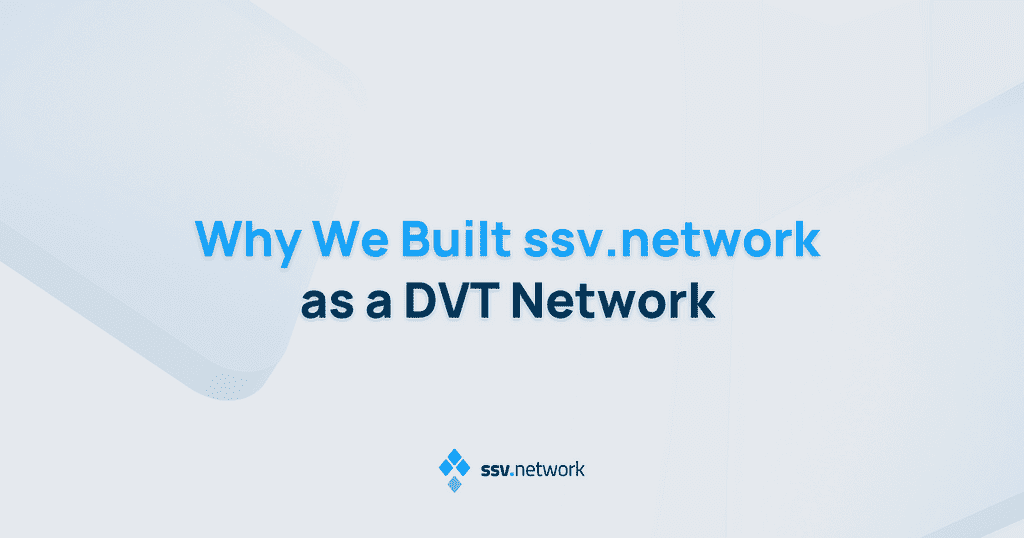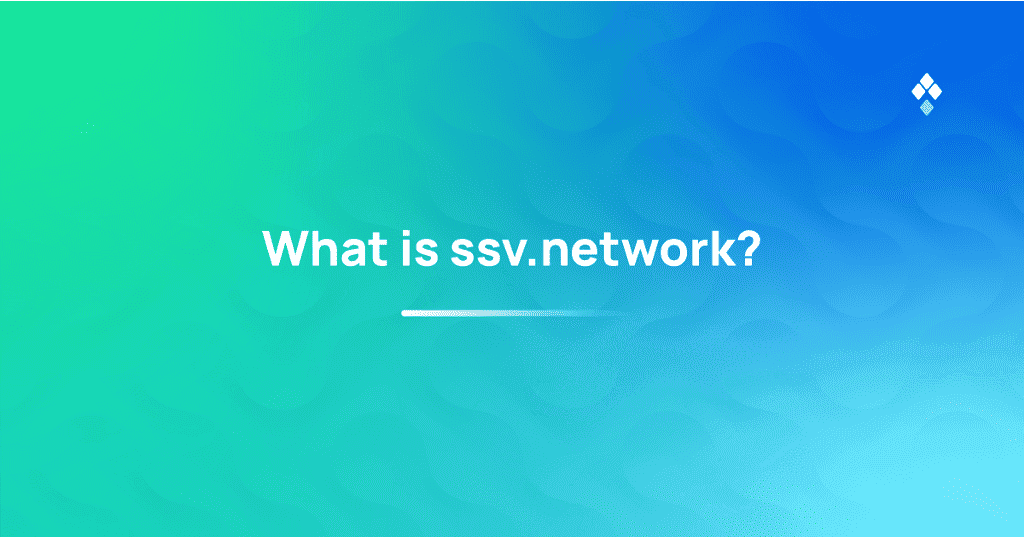
Why We Built ssv.network as a DVT Network
Explore how ssv.network is strengthening Ethereum’s diverse ecosystem with DVT tech.
ssv.network ensures Ethereum's sustainability by migrating all staked ETH to Distributed Validator Technology (DVT).
Run a validator without hardware or coordination with simple contract transaction.
Supports home stakers and the largest staking applications alike.
Open for all, community owned and open-sourced.
Validators running on SSV are split between independent operators, creating fault tolerant and decentralized setups.
Hyper configurable setups, swap and change operators supported natively.
With zero-coordination and seamless customization, validators are supported by the many nodes in the network.
Run a validator without hardware or coordination with simple contract transaction.
Supports home stakers and the largest staking applications alike.
Open for all, community owned and open-sourced.
SSV.Network stands at the forefront of a revolution in the staking landscape. By harnessing the power of a mesh network structure, SSV empowers developers with a streamlined platform to swiftly deploy, scale, and decentralize various staking applications on Ethereum.
Embedded at the heart of ssv.network is a Distributed Validator Technology (DVT) protocol, a groundbreaking architectural framework designed specifically for Ethereum staking. DVT facilitates the distribution of validator operations across independent operators, leveraging QBFT consensus protocol and threshold signatures. These technologies foster a secure, robust environment for flawless execution of validator operations.

Explore how ssv.network is strengthening Ethereum’s diverse ecosystem with DVT tech.

Get a deeper insight into how SSV’s distributed validator infrastructure works under the hood.

Learn more about the SSV token and how it will be utilised in the

Explore ssv.network: a fresh approach to ETH staking with a focus on decentralization and